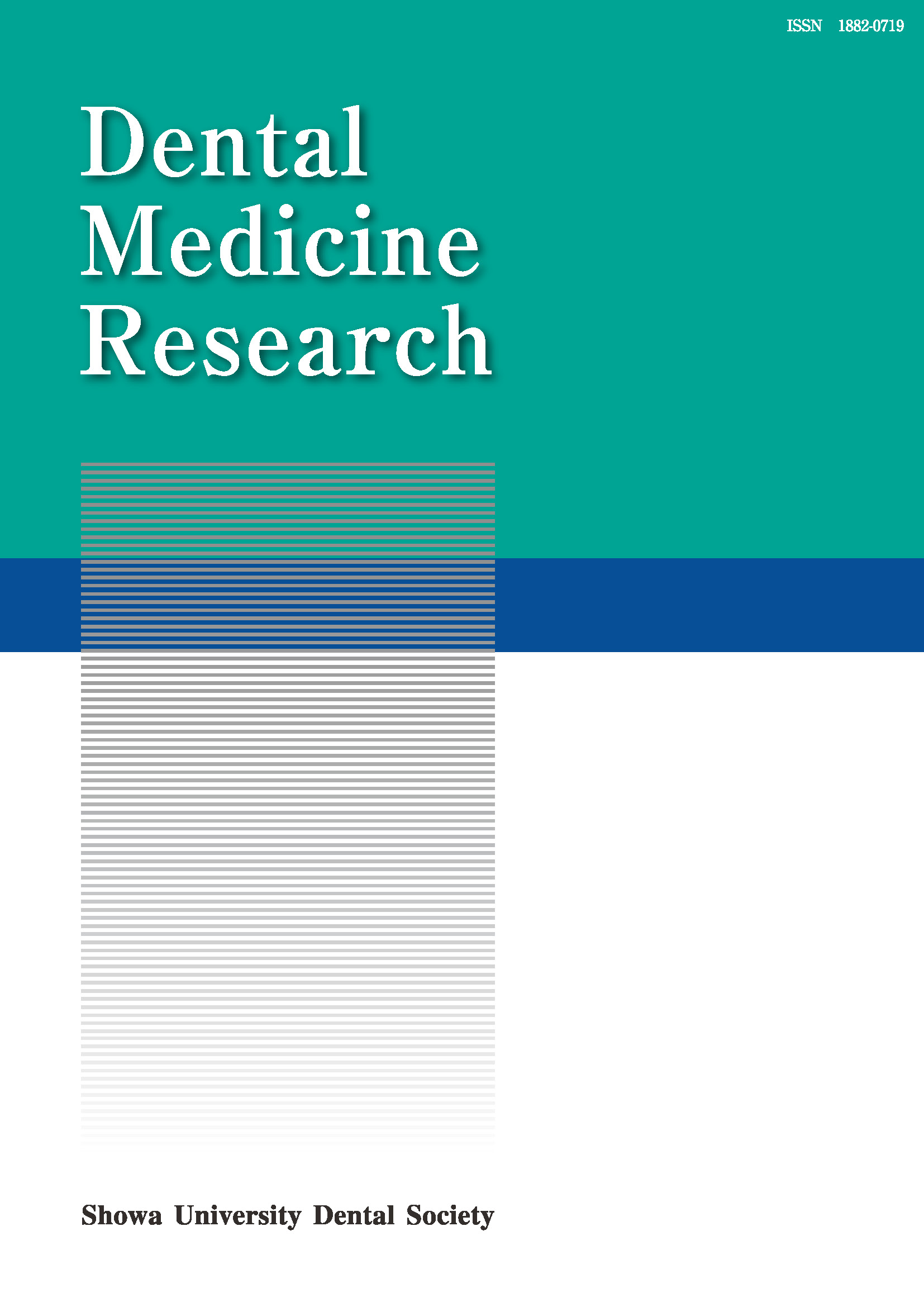Volume 29, Issue 1
Displaying 1-10 of 10 articles from this issue
- |<
- <
- 1
- >
- >|
Original
-
2009Volume 29Issue 1 Pages 1-7
Published: March 31, 2009
Released on J-STAGE: August 09, 2013
Download PDF (1965K) -
2009Volume 29Issue 1 Pages 8-13
Published: March 31, 2009
Released on J-STAGE: August 09, 2013
Download PDF (551K) -
2009Volume 29Issue 1 Pages 14-20
Published: March 31, 2009
Released on J-STAGE: August 09, 2013
Download PDF (950K) -
2009Volume 29Issue 1 Pages 21-27
Published: March 31, 2009
Released on J-STAGE: August 09, 2013
Download PDF (7072K) -
2009Volume 29Issue 1 Pages 28-39
Published: March 31, 2009
Released on J-STAGE: August 09, 2013
Download PDF (1565K) -
2009Volume 29Issue 1 Pages 40-45
Published: March 31, 2009
Released on J-STAGE: August 09, 2013
Download PDF (601K) -
2009Volume 29Issue 1 Pages 46-50
Published: March 31, 2009
Released on J-STAGE: August 09, 2013
Download PDF (658K)
Clinical Technology
-
2009Volume 29Issue 1 Pages 51-56
Published: March 31, 2009
Released on J-STAGE: August 09, 2013
Download PDF (6603K)
Clinical Hint
-
2009Volume 29Issue 1 Pages 57-61
Published: March 31, 2009
Released on J-STAGE: August 09, 2013
Download PDF (5750K)
Abstracts
-
2009Volume 29Issue 1 Pages 77-100
Published: March 31, 2009
Released on J-STAGE: August 09, 2013
Download PDF (8451K)
- |<
- <
- 1
- >
- >|
